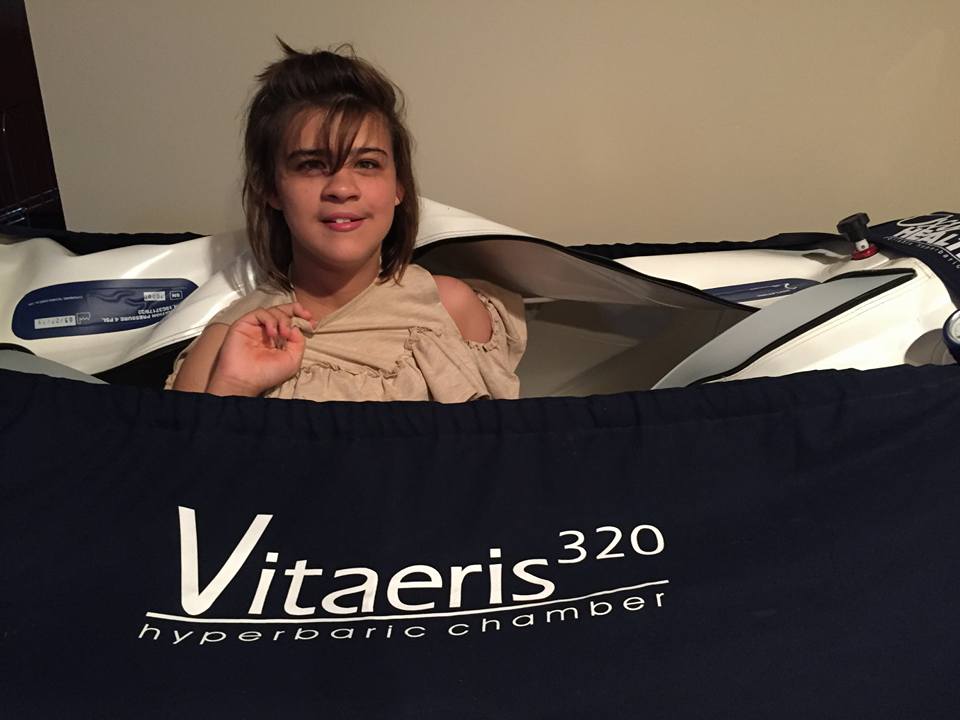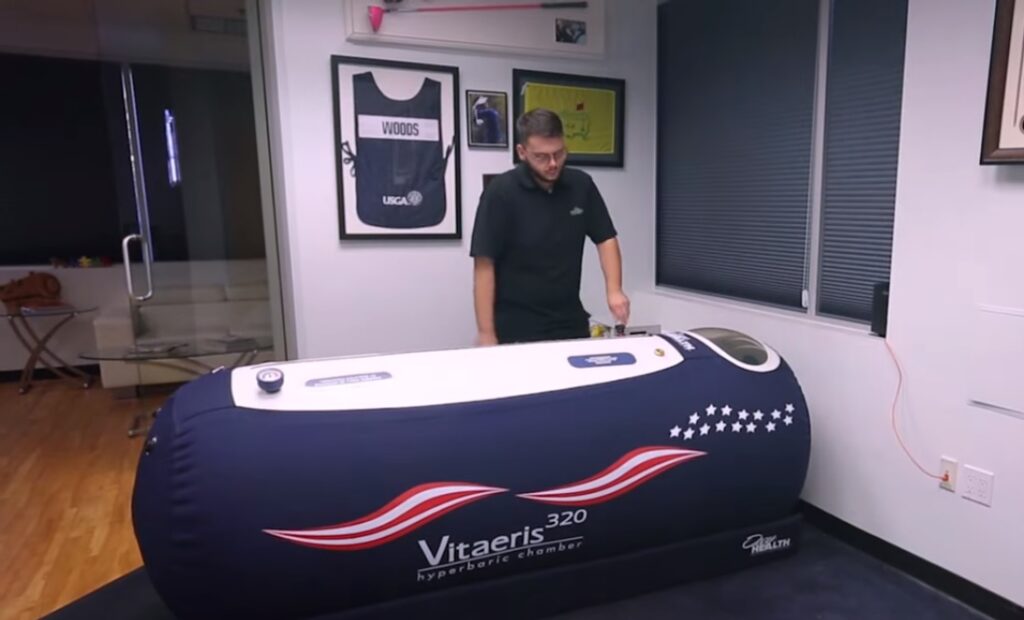Mild hyperbaric oxygen therapy is another form of conventional hyperbaric which functions to increase the oxygen level in our body’s blood plasma. With the oxygen level going up, higher amount of oxygen is supplied to our brain, tissues and organs. This therapy facilitates the direct absorption of oxygen into our blood and tissues, which serves to speed up the healing process, boosts the energy and stamina and maintain the balanced state of health.

Oxygen is that element of air without which the survival of any biological entity becomes impossible. If there happens any lack in the oxygen supply, we start to feel lethargic and worn out, as oxygen is the most vital resource of energy. Oxygen also helps to check the functioning of harmful viruses, toxins and bacterias. Insufficiency in the supply of oxygen also can even cause our body to lose its balance. Although lack of oxygen is not symptomatic of any disease, but it can lead to the development of a number of health problems like premature aging, depression, lethargy and dullness. Prolonged insufficiency in the oxygen supply will slowly weaken our immune system, thus exposing us to the working of malicious germs and hence, to more and more severe diseases. Mild hyperbaric oxygen therapy is recommended in the case of allergies, eczema, psoriasis, headache, tension, stress, blood circulatory problems etc.
Patients undergo this therapy in a specially designed chamber known as hyperbaric chambers which makes use of filtered atmospheric air together with a concentrator which creates pressure on the oxygen when it is delivered to the patient. As the patients undergo this treatment being fully clothed, so their clothing must be loose and comfortable. In the normal time the chamber remains deflated but when it is pressurized, it becomes inflated and becomes large enough for a person to sit or lie down. The pressure inside the chamber is 1.5 ATA and the patient needs to breathe normally, once he is placed inside the chamber. The session of this therapy tend to last for an hour and patients are allowed to resume their normal life immediately after receiving the therapy.




